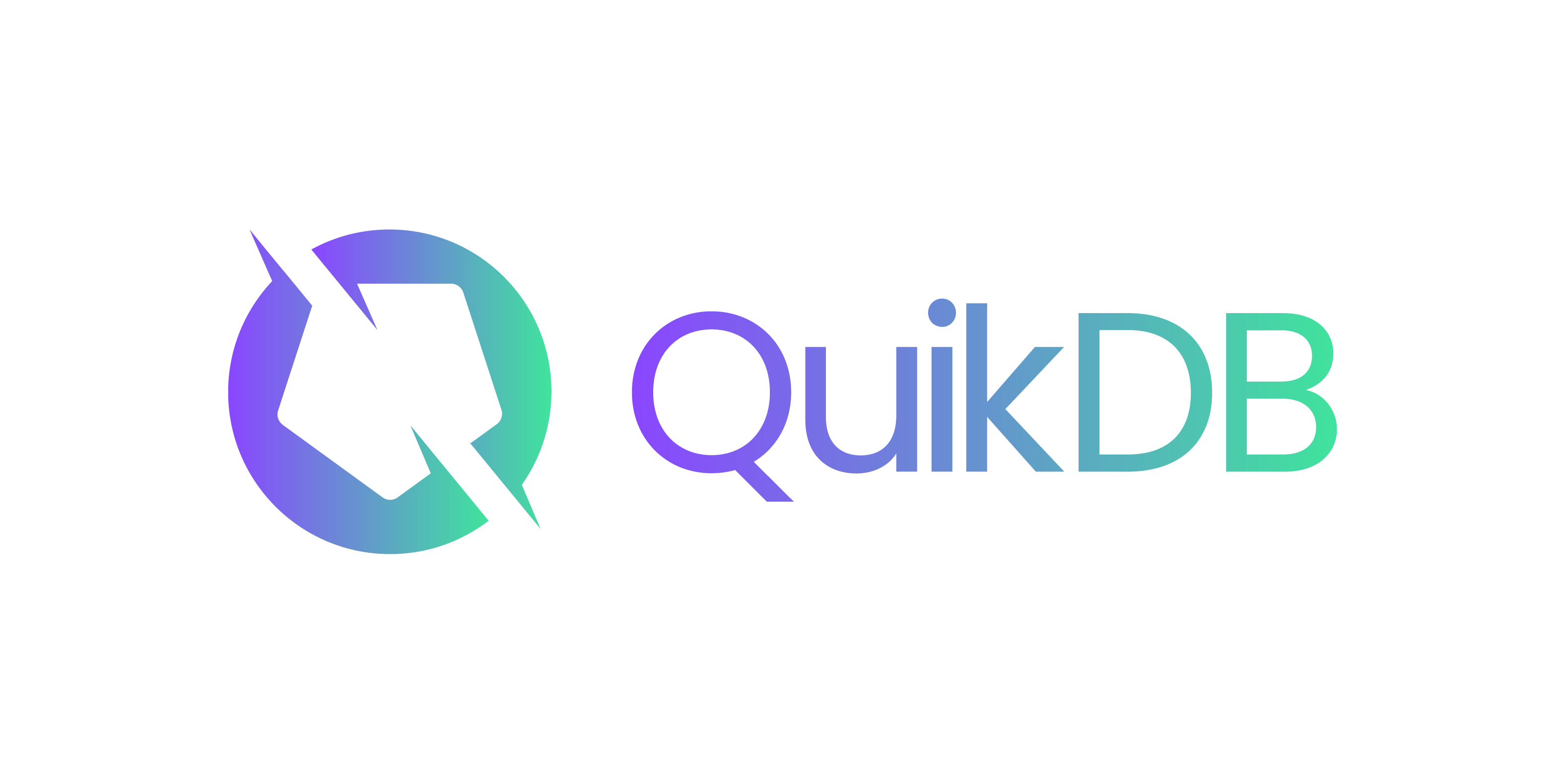Getting started
Follow these steps to install the QuikDB SDK using your preferred package manager.
Next you may use your preferred package manager as shown below:
Note: Installing globally allows you to access the
quikdbcommand from any directory.
Additional Notes
-
Permissions: If you encounter permission issues while installing globally, you might need to use
sudo(for Unix-based systems) or run your terminal as an administrator (for Windows). For example: -
Environment Variables: Ensure that your system’s PATH includes the directory where global
npmoryarnpackages are installed. This is typically handled automatically, but if you encounter issues accessing thequikdbcommand, you may need to adjust your PATH manually. -
Updating the SDK: To update the QuikDB SDK to the latest version, you can run:
or
Initialize QuikDB Instance in your code.
With the SDK installed, you can now initialize an instance of QuikDB in your project. This instance will be used to interact with QuikDB canisters.
Step 5: Start Using Canister Methods
You’re now ready to perform various operations such as creating schemas, managing records, and querying data. Refer to the Canister Methods section for detailed information on available methods and their usage.
For more comprehensive examples and advanced usage, visit the Usage Examples section.
